Improving social and emotional wellbeing of Aboriginal and Torres Strait Islander children through contemporary Indigenous/cultural dance “Dance2Kinnect”
Project Status
ActiveStart Date
End Date
Project location
Background
For Aboriginal and Torres Strait Islander people connection with family, community, culture and Country are all integral to a healthy self-concept. Cultural identity and cultural connectedness have been found to be associated with positive mental health outcomes for Aboriginal and Torres Strait Islander youth. Additionally, dance is known to have multiple positive benefits for physical health, social and emotional wellbeing. Both connection to culture and cultural identity will be fostered through this contemporary cultural dance pilot program.
Aim
- To better understand and articulate factors influencing successful uptake of an innovative program aimed at reducing risk factors for non-communicable disease through cultural dance among Aboriginal and Torres Strait Islander youth
- To apply this knowledge to inform effective upscale and translation of proven and promising programs across Australia.
Research Methodology
This program will be piloted with Aboriginal and Torres Strait Islander Youth aged 8-15 years in Moree and Gosford, New South Wales. Contemporary cultural dance classes will be held weekly throughout the school term from 2024 to 2026. Dance2Kinnect students will also have the opportunity to participate in cultural knowledge sharing between dance cohorts through trips on Country.
This program will use Indigenous research methods, tools, principles, and protocols that privileges Indigenous knowledges from project design through to implementation to ensure that the research decolonising and promotes self-determination. The program has strong Aboriginal and Torres Strait Islander governance. An Aboriginal Youth Reference Group oversees all aspects of the program to ensure cultural safety.
Current Status
The Dance2Kinnect program is well underway in both Moree and Gosford, NSW.
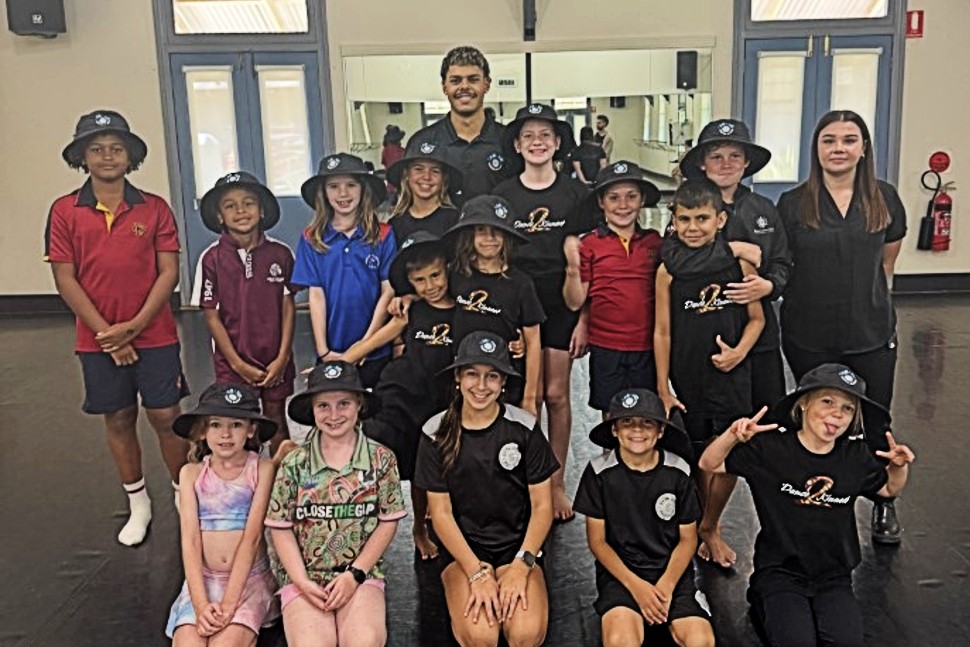
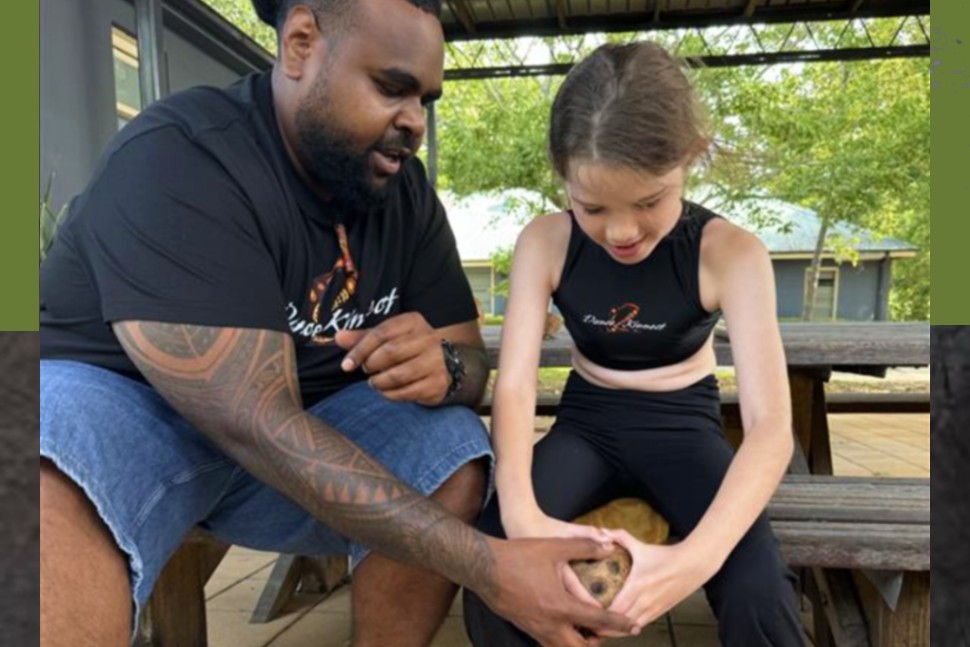
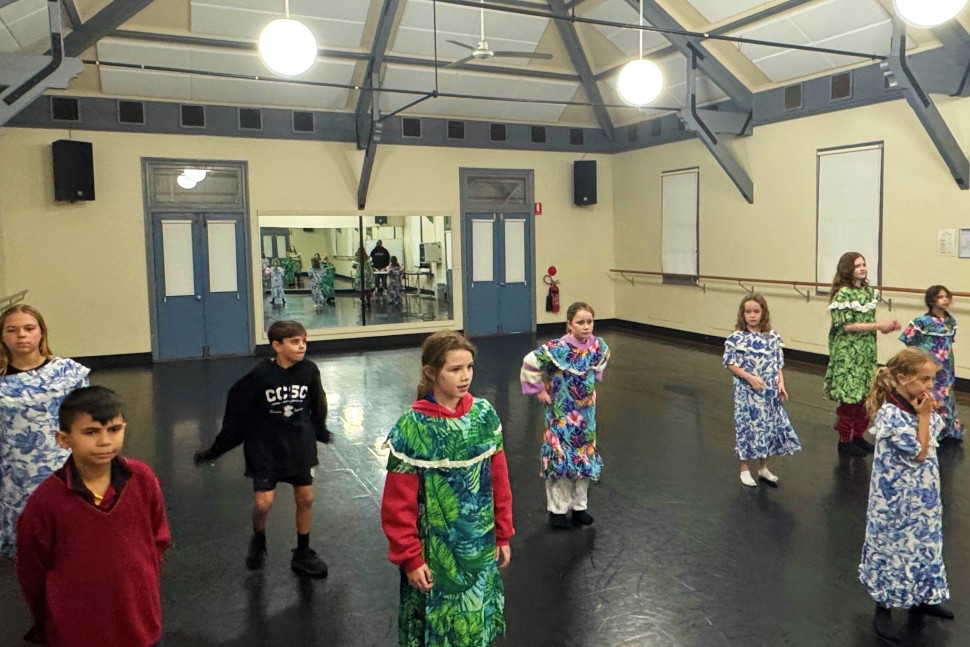
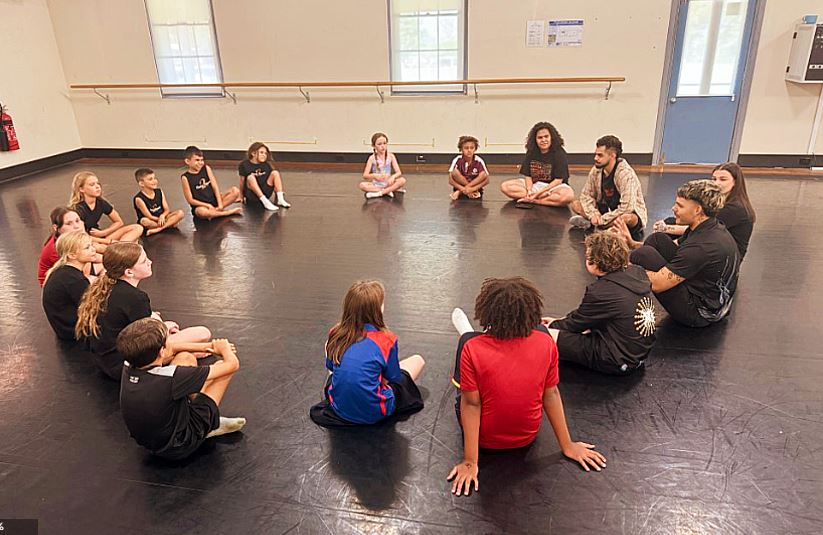
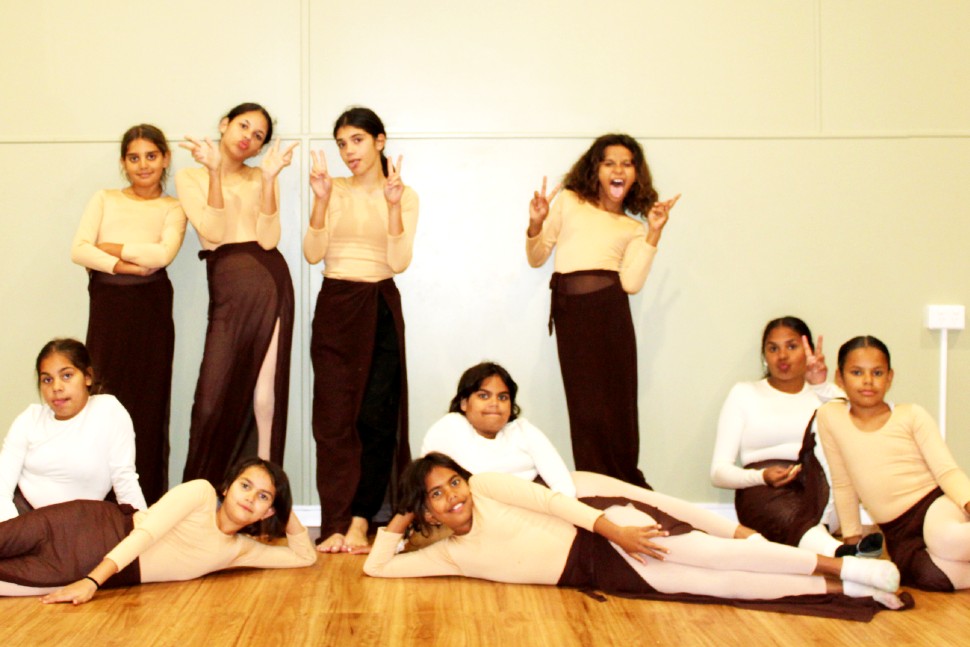
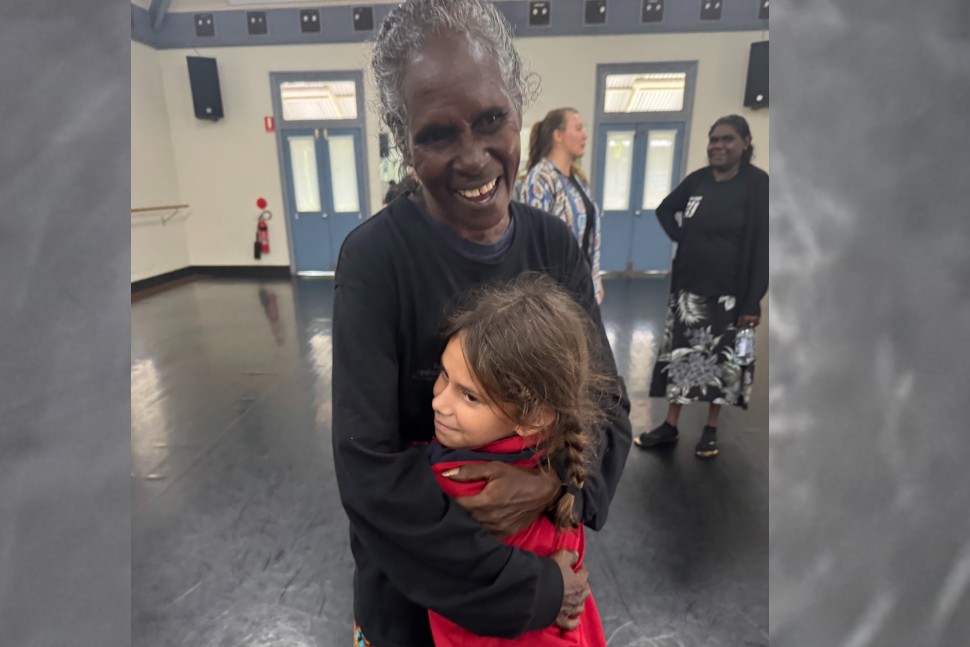
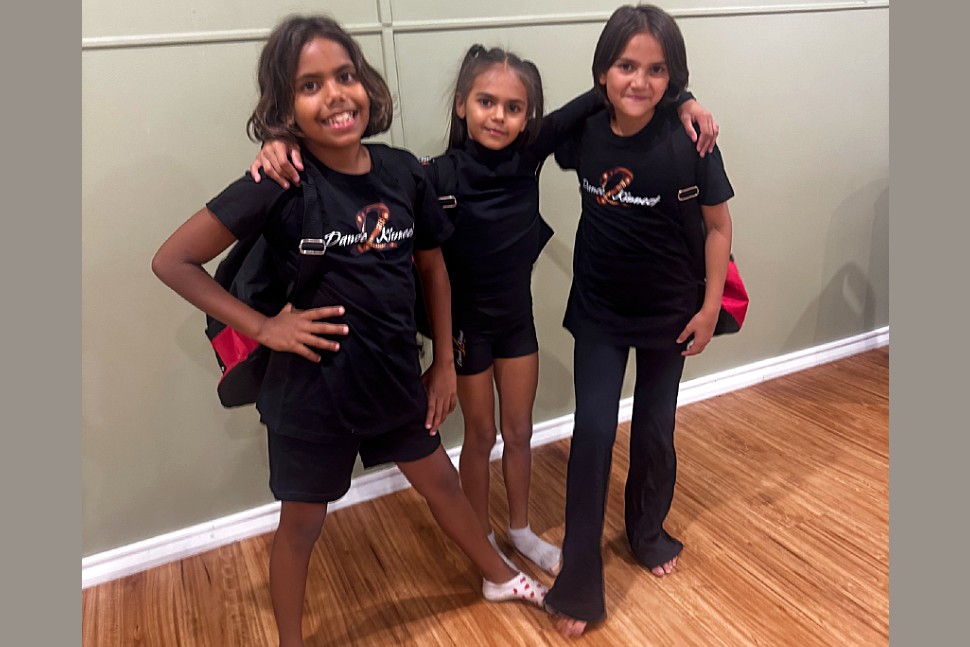
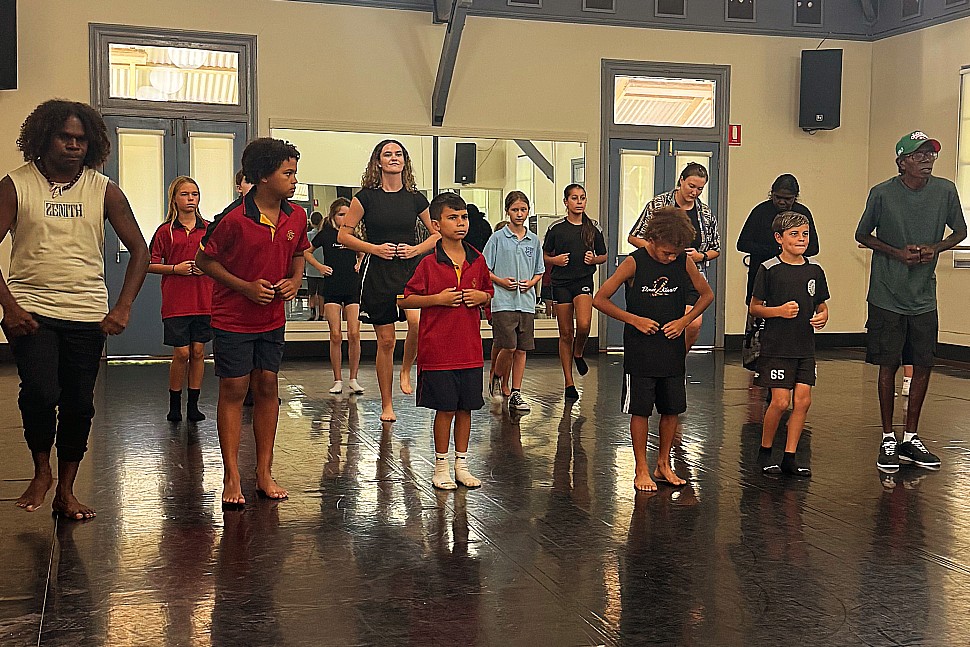
Photo credits- Guunu-maana, The George Institute for Global Health

